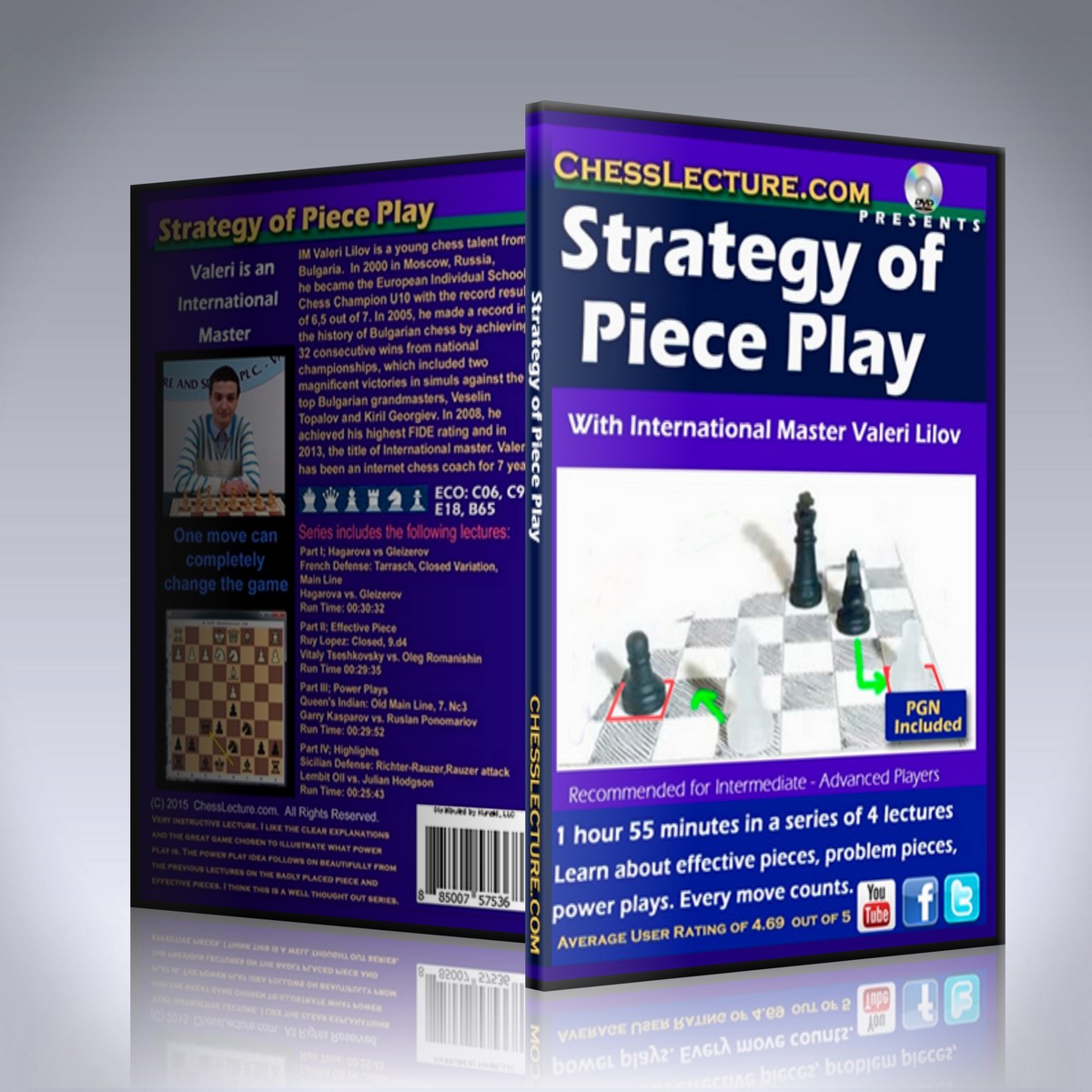
For centuries, the initial moves of a chess game – the opening – have been a battleground of intellect, memory, and strategic foresight. From the earliest recorded games to today`s grandmaster clashes, the quest for an opening advantage has driven countless hours of study. Yet, the methods of preparation have undergone a quiet, yet profound, revolution. Gone are the days of sole reliance on bulky tomes and static databases; the modern chess enthusiast now wields tools that can simulate human genius, analyze personal weaknesses, and offer an unparalleled depth of strategic understanding.
The Evolving Landscape of Opening Study
Traditionally, mastering openings involved meticulous memorization of variations, often gleaned from annotated game collections or the occasional master`s lecture. While foundational, this approach frequently left players with a superficial understanding, ill-equipped to handle deviations or translate theoretical knowledge into practical play. The advent of powerful chess engines marked a turning point, offering brute-force analysis, but it was the integration of these engines with sophisticated learning methodologies that truly democratized elite chess training.
Today, the landscape of chess study is dominated by a symbiotic relationship between intelligent software and comprehensive theoretical resources. This synergy allows players to not just learn lines, but to truly understand the underlying principles, typical plans, and strategic nuances of any opening.
The Engine as a Personalized Coach
Imagine training against an opponent who isn`t just strong, but who understands and mimics the very style of your next tournament rival, or even a legendary grandmaster. Modern chess software, powered by advanced artificial intelligence, has transformed the static engine into a dynamic, personalized coach. These programs can analyze a player`s previous games, identify their stylistic tendencies—be it aggressive, positional, or tactical—and then configure an AI opponent to mirror those traits. This capability transcends mere strength; it allows for highly targeted practice, preparing a player for the specific challenges they might face over the board.
Furthermore, these intelligent engines offer a unique opportunity to “compete” against historical legends. Whether you wish to test your positional acumen against Capablanca, navigate the tactical storms of Tal, or endure the methodical pressure of Karpov, the AI can simulate their authentic playing styles at an adjustable Elo rating. This isn`t just a novelty; it`s a deep dive into the strategic philosophies of chess history, offering insights that no static book could replicate. The introduction of new styles like `Romantic` and `Hypermodern` further refines this experience, providing a broader spectrum of strategic challenges.
Beyond style simulation, the practical benefits extend to time management and nerve control. Specialized training modes, such as `Bullet Training,` allow players to practice under extreme time pressure, honing their reflexes and decision-making skills. Coupled with interactive AI chat and voice output that provides polished commentary and subtle hints, the software becomes a responsive, almost human-like, sparring partner. It`s a technical marvel that offers a truly engaging and effective path to improvement, far removed from the cold, calculating outputs of earlier engines.
The Encyclopaedia: A Living Library of Theory
While an intelligent engine provides the dynamic training environment, a comprehensive opening encyclopedia offers the foundational knowledge base. Far from being a simple collection of lines, modern encyclopedias are living, evolving repositories of chess theory. They provide quick and intuitive access to virtually every established opening, organized by name and ECO code, making it effortless to navigate the vast ocean of variations.
What truly sets these resources apart is their emphasis on understanding over mere memorization. Each theoretical article is meticulously crafted with explanations, illustrative games, and detailed annotations that illuminate typical plans, strategic ideas, and tactical motifs. This approach ensures that players don`t just know “what” moves to play, but “why” those moves are strategically sound.
Beyond static text, these encyclopedias often integrate a rich multimedia component. High-quality opening videos, presented by renowned grandmasters and expert authors, offer vivid explanations of complex concepts, new ideas, and the latest trends in elite chess. Imagine having Daniel King dissecting a crucial pawn structure, or Dorian Rogozenco revealing the cutting-edge trends in the Sicilian Najdorf from recent top-level tournaments. This blend of text, games, and video transforms the learning experience into something engaging and deeply insightful. It`s akin to having a personal grandmaster lecture series at your fingertips.
The sheer volume of content—thousands of theoretical databases, tens of thousands of illustrative games, and hundreds of hours of video—ensures that every opening, from the common Ruy Lopez to the obscure Scandinavian, is covered in painstaking detail. Furthermore, the inclusion of “early deviations” analysis reflects a growing trend in grandmaster play, preparing enthusiasts for opponents who prefer to steer away from established main lines.
The Unbeatable Duo: Synergy in Action
The true power emerges when these two sophisticated tools are combined. The comprehensive opening encyclopedia provides the theoretical blueprint, teaching the player the best lines and underlying strategies. The intelligent engine then takes this knowledge and helps to internalize it through practice, simulating real-world opponents and refining decision-making under pressure. It`s a feedback loop: learn the theory, practice against a tailored AI, analyze your performance, and then refine your understanding. This iterative process accelerates improvement far beyond traditional methods.
One might even find a touch of irony in the situation: to become a better human chess player, one increasingly relies on the precise, almost omniscient, analysis of machines. Yet, this reliance doesn`t diminish the human element; instead, it elevates it. By offloading the tedious memorization and brute-force calculation to software, players are freed to focus on the higher-level aspects of chess: creativity, intuition, and complex strategic planning. The machines provide the canvas and the colors; the human artist still crafts the masterpiece.
The Future of Mastery, Today
In an age where information is abundant but meaningful guidance is scarce, the synergy of advanced chess engines and comprehensive opening encyclopedias stands out as a beacon for aspiring masters. These tools are not just for the elite; they are designed to be accessible, offering tailored challenges and clear explanations for players of all levels. They represent the cutting edge of chess education, transforming the daunting task of opening study into an engaging and highly effective journey toward mastery. The path to becoming a formidable chess player has never been more clearly illuminated.










